Up Next

Pedro de la Rosa knows compatriot Fernando Alonso better than most. He first raced against him in Formula 1 in 2001, briefly shared a garage with him when Alonso tested for Jaguar in 2002, then was a team-mate as McLaren test driver in 2007. Now, they are again working together at Aston Martin, where de la Rosa recently took up an ambassadorial role.
Like Alonso, de la Rosa is one of only eight drivers in the last three and a half decades to race in F1 when in his 40s. Combined with his familiarity with Alonso, this means he’s well-placed to explain why Alonso remains formidable in F1 at the age of 41.
De la Rosa suggests “Fernando is not normal” in the motivation he has to compete given he does not believe that it’s usually physical deterioration that leads to drivers retiring. Instead, he sees attitude as the key differentiator allowing the sacrifices required to continue at an age where most have retired. That was hammered home by witnessing Alonso’s approach to his first Aston Martin test in Abu Dhabi last November.
De la Rosa didn’t retire from F1 until he was 40 at the end of his final season with HRT in 2012, and only then because of a lack of opportunity at the end of a grand prix career that was unfulfilled. While he had a stop-start F1 career of 104 race starts from 1999-2012, only completing a full season in four of those years, de la Rosa suggests that were he in Alonso’s situation with so much success under his belt, he would have retired by now.
“I for sure would have called it a day at one point if I had been in the car as regularly as he has,” says de la Rosa when asked by The Race whether he was surprised Alonso is still going given his record.
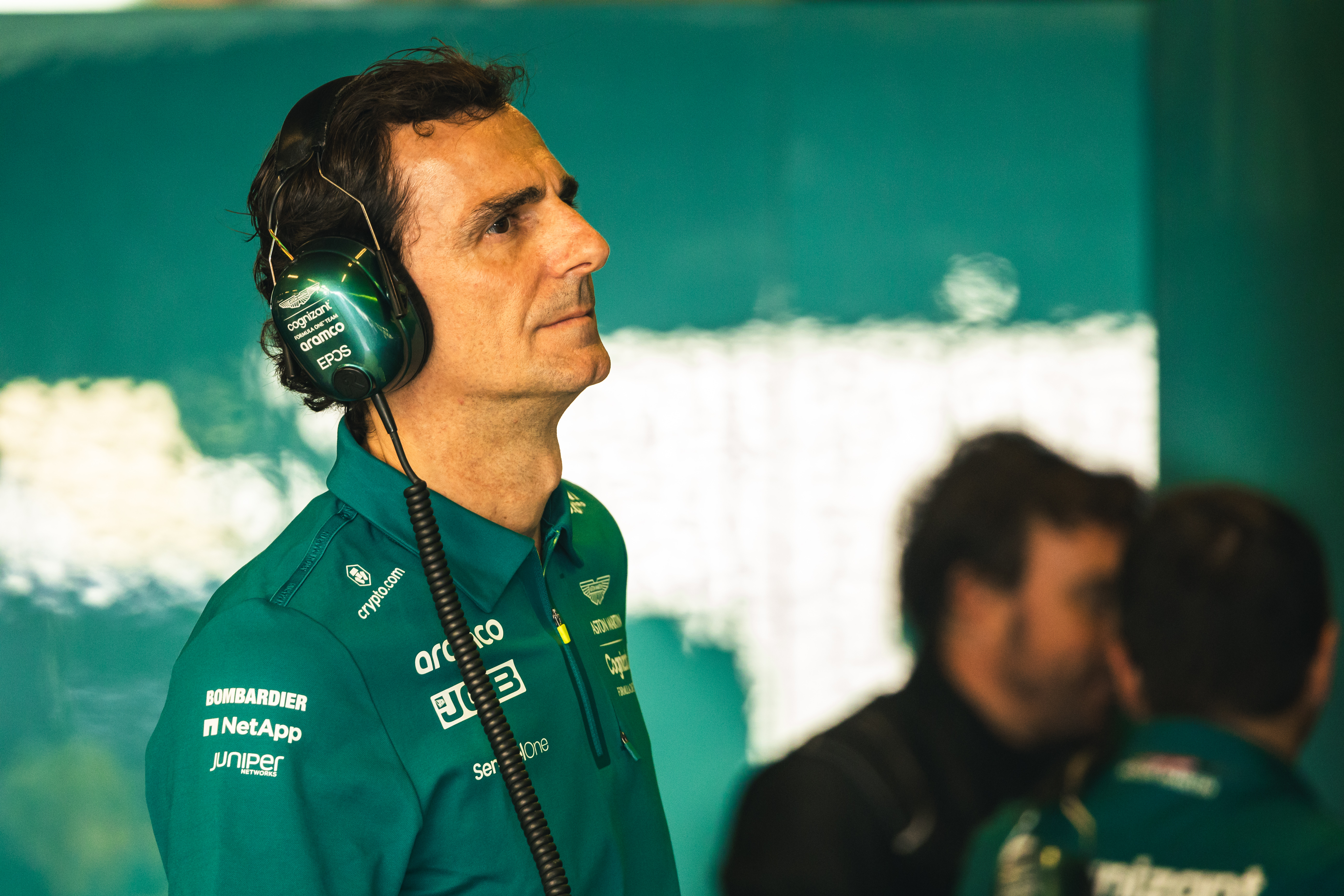
“My career was a bit special because I’ve been out and in, out and in and every time you’re out, you want to come back. Also, you have a break, so it gives you more oxygen or energy to come back.
“In his case, it is different. But Fernando is not normal, he’s a motivated guy. When he’s not in the race car on a weekend, he calls me and wants to organise a 24-hour race. So, I tell him, ‘Man you’ve just finished the season, everyone wants to go on holiday’ and he wants to go racing again, in December.
“So that’s Fernando. The beauty about him is that he’s different and that he doesn’t seem to have had enough of motor racing.”
De la Rosa describes Alonso as having the same approach now as when they worked together at McLaren more than 15 years ago.
He cites this as essential to his success at an unusually advanced age for an F1 driver.
“What I’m really surprised about with him is that he was doing the [Aston Martin] seat fitting and his smile, his attitude, his motivation is exactly the same as the first time I worked with him back in McLaren in 2007,” says de la Rosa. “Exactly the same approach, exactly the same everything: preparation, motivation, attitude, expectations. He’s a natural born racer.
“And his motivation is the same or more than 15 years ago. This is what impresses me most about Fernando because we can argue about his speed and everything but the motivation, attitude is what really is the biggest differentiator in any sportsman, especially at this age.
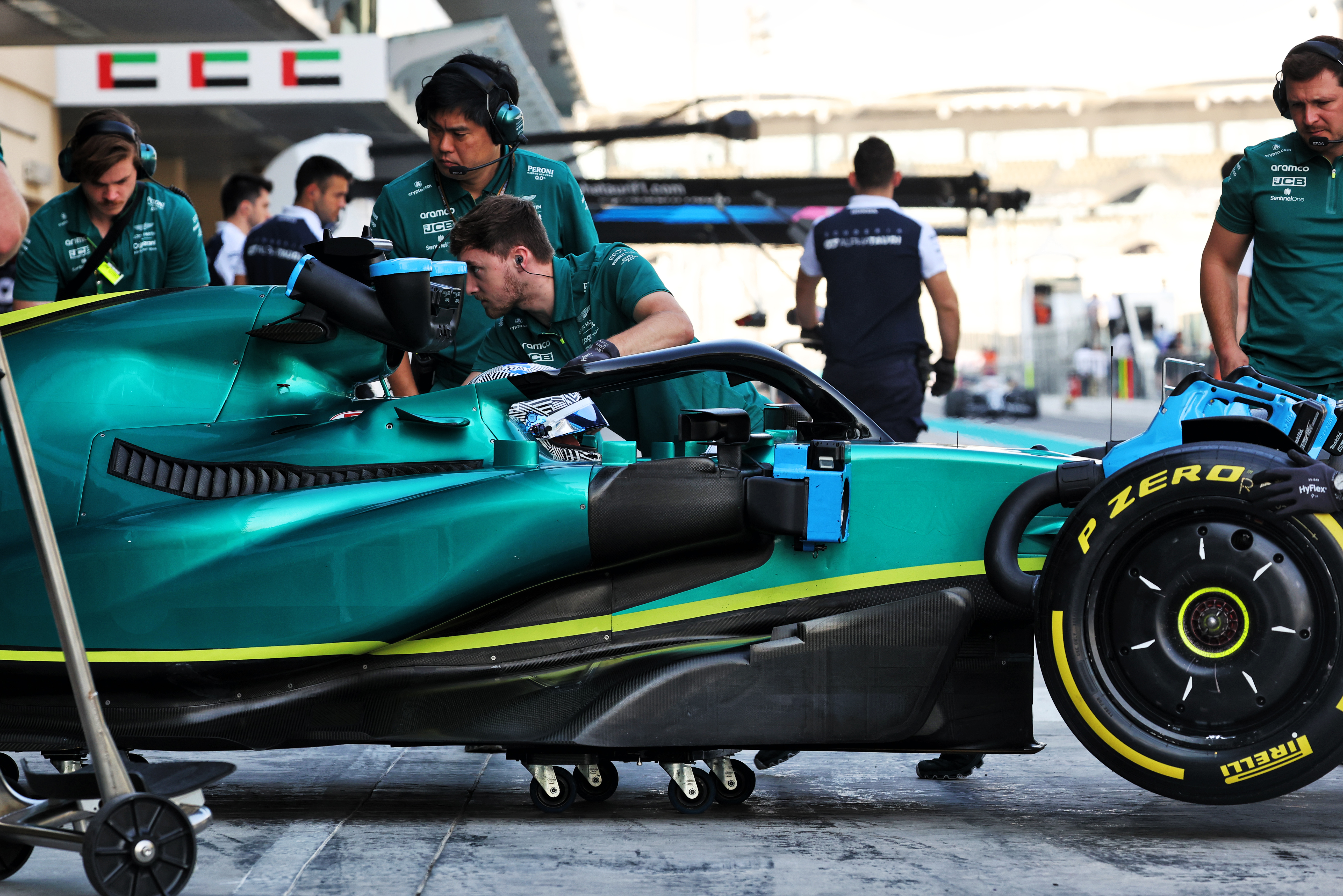
“The biggest issue in any racing driver, the thing that makes you click and say, ‘I need to retire or it’s not safe anymore or I’m not enjoying it anymore’, is the fact of travelling and never being at home. This is the biggest problem for guys like Fernando, myself.
“Looking at Fernando, looking at his eyes speaking with him doing the seat fitting here in the garage. You think, ‘I don’t know how many more years this guy can continue’ because he’s the same Fernando that did the seat fitting at Minardi 20, 25 years ago or whatever.”
De la Rosa was 28 when he made his F1 debut with Arrows in 1999 after a long junior career during which he won the 1992 British Formula Renault crown (against a field including Christian Horner) and the Japanese F3 and Formula Nippon titles in 1997-98. He peaked with second place for McLaren in the 2006 Hungarian GP, but was generally limited to occasional eye-catching performances in uncompetitive cars and scored points only 12 times – starting with sixth place on debut.
Alonso became the third-youngest driver to start a world championship race when he made his first appearance in the 2001 Australian GP at the age of 19 years and 128 days. He still stands as the seventh-youngest driver to start a race despite the proliferation of young upstarts in F1, with Max Verstappen now holding the record, yet shows every sign of continuing into his mid-40s given he’s under contract to Aston Martin for at least another two years.
De la Rosa cites Alonso’s example as important for proving “if you want you can extend your career as much as that” at a time when drivers feel like they are leaving it late if they haven’t made it to F1 by their early 20s.
While de la Rosa, who turns 52 next month, recognises the signs of physical decline since his career ended, he didn’t experience it while racing in F1 – except for a slight loss of edge on eyesight at the end of his career.
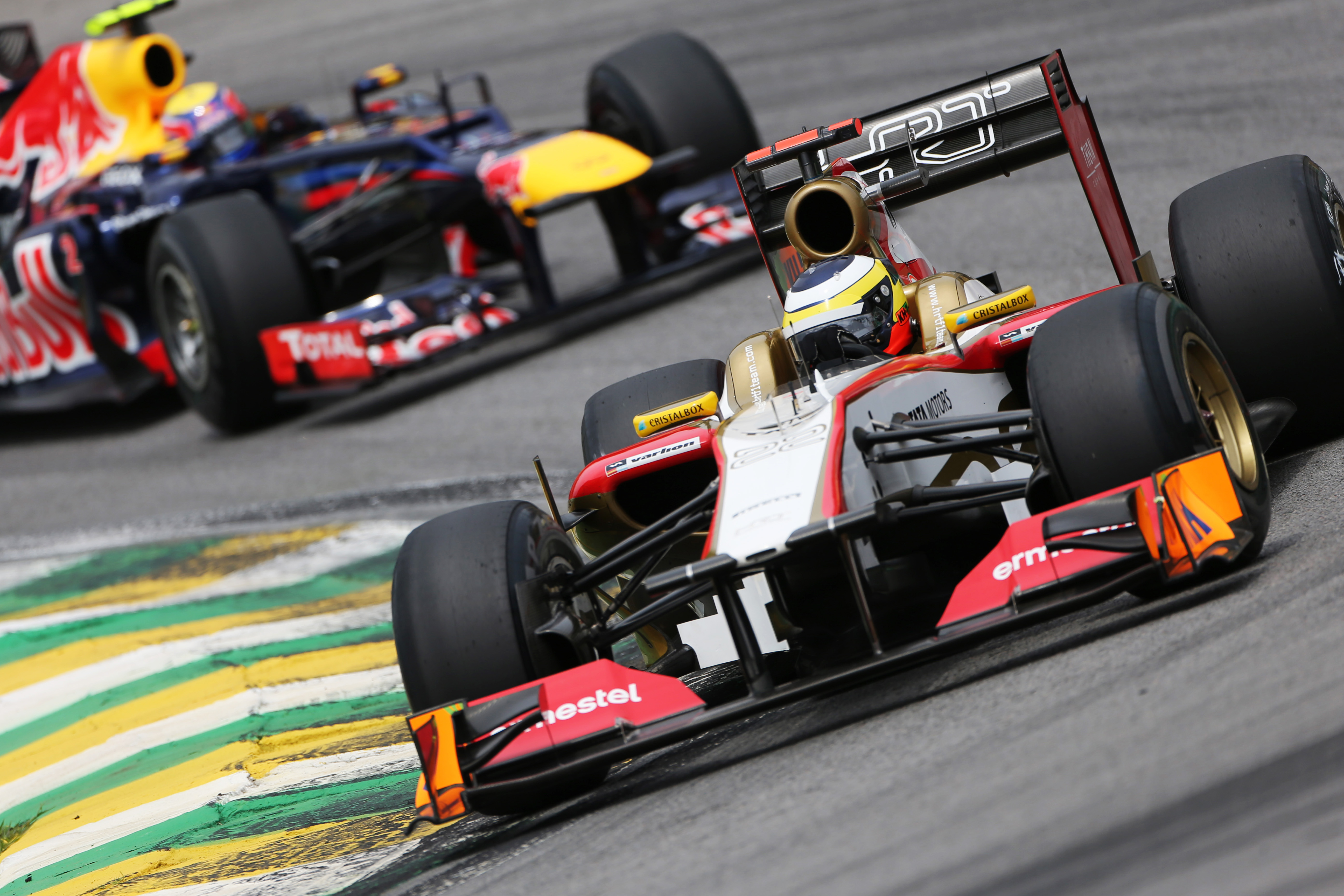
Like Alonso, who regularly stresses the value of experience and said in 2021 that “if I race now against myself of 23, I will beat him with one hand”, de la Rosa believes experience must not be underestimated.
“I don’t think my performance declined,” says de la Rosa, when asked by The Race about his final season in 2012. “I didn’t feel like I was going any slower. In fact, I felt that experience was giving me that extra so I was a bit more complete.
“I had to retire because no team wanted me, this is a different matter, but in what I felt in my last few years was that my eyesight was bad, or was getting worse. It was not 100%, maybe it was 98%. It was not a big deal, but I could feel that that was the only the only factor. But then I raced with [contact] lenses, so I don’t think that that was a big problem.
“At Le Mans, you could argue that it might be a bit more difficult but in Formula 1 I had no problem whatsoever. We’re not talking about losing 10% of my eyesight, it was like, ‘Maybe I’m losing a bit the edge here’ so I correct that and raced in my last year with HRT using contact lenses.
“I had no problems. Physically, every year you do the V02-max test, you go through the normal tests and I was very close to my best, if not sometimes better. So I didn’t feel a decline in my performance.
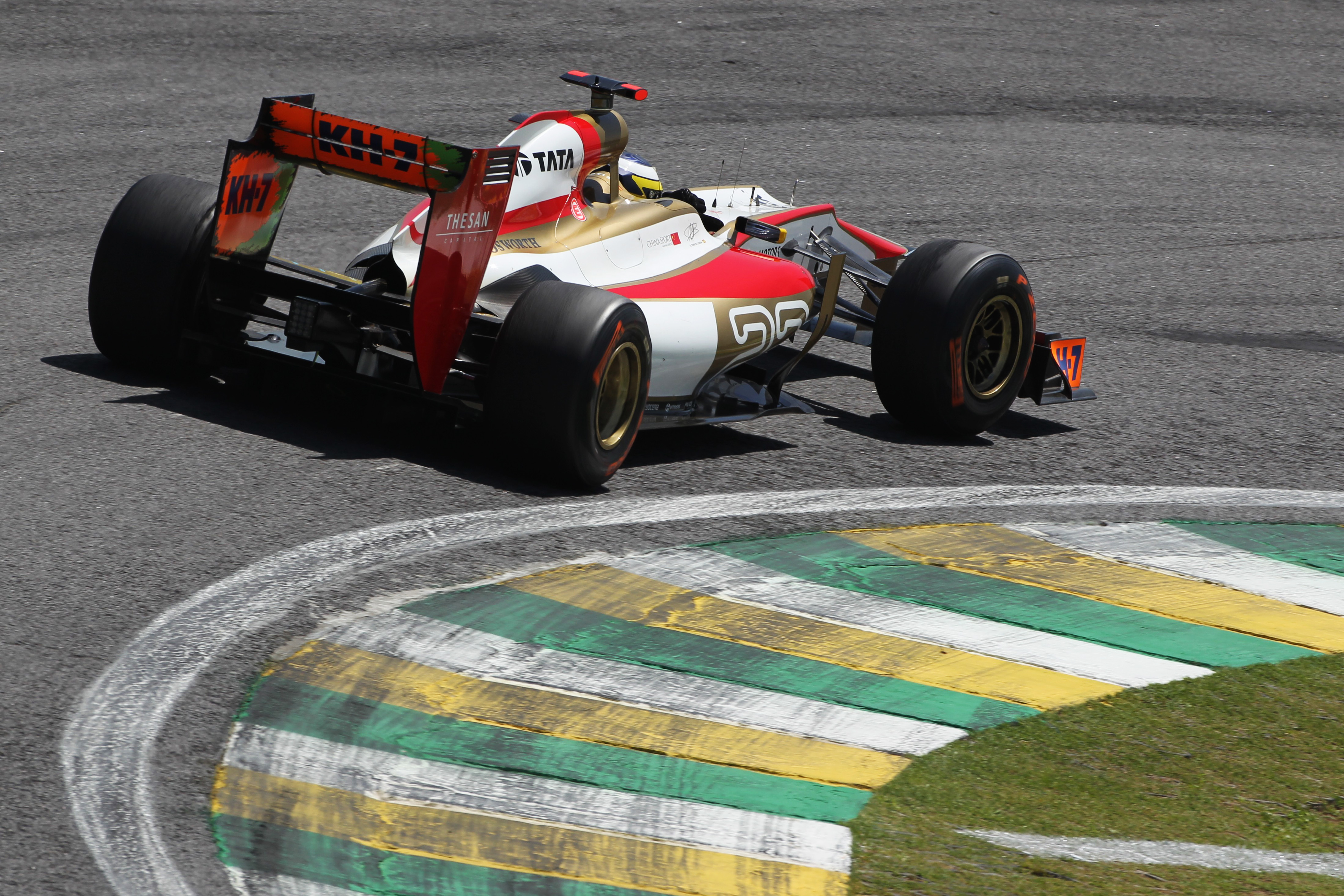
“I don’t know how long you can go until you start feeling that, but it has to be so progressive and gradual. I don’t think motorsport is like any other sport in the fact that in tennis or in football when you start ageing you start suddenly suffering injuries and then you cannot test or train.
“Then you start getting into this circle of auto destruction because you have to play a game and haven’t been able to train, you don’t perform, you get injured again. But in motor racing, if your performance level is not 100% and declining with age, it declines at a very slow rate, which is difficult to detect as well.”
Alonso has continually dismissed suggestions age has had a negative impact, consistently arguing he’s performing as well as he was during his famous 2012 championship bid with Ferrari.
De la Rosa also sees Alonso’s strengths in evidence on track. He cites how quickly he can find the limit in varying conditions as something that continues to stand out. And while qualifying is generally regarded as not being Alonso’s strongest suit (insofar as he’s ‘only’ a strong qualifier but a brilliant racer), de la Rosa suggests he would stand out more were qualifying a one-shot format.
“The problem he has is that he always gets to the limit of the car or the conditions straight away, while many other drivers gradually build up the speed,” says de la Rosa.
“In Q1 he is already delivering the maximum amount of conditions. So when you get to Q3, a lot of drivers just gradually build up, they keep pushing, experiencing a bit pushing the limit and then they match him at the end.
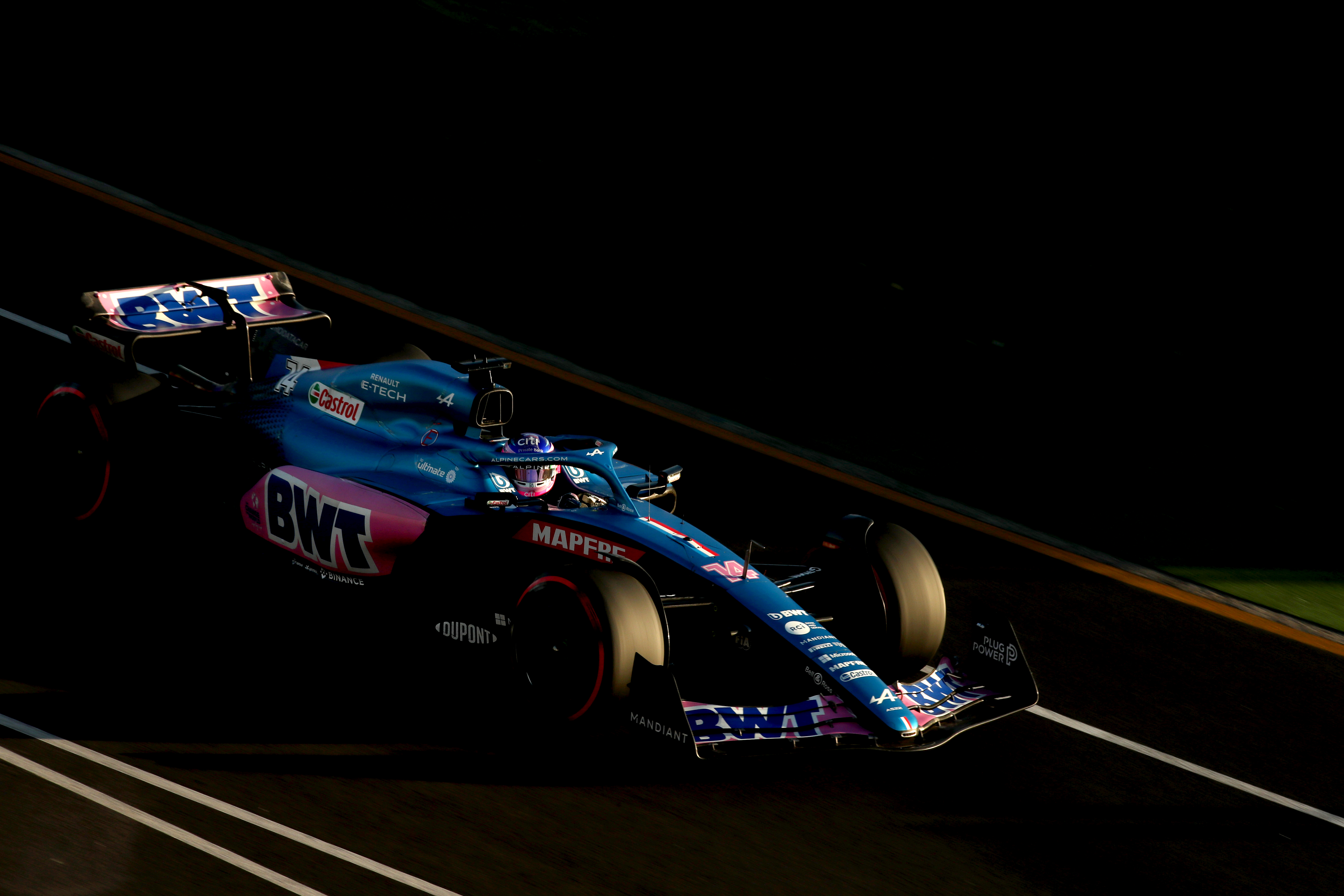
“But the differences that he gets from lap one and everyone needs a lot more new sets of tyres to get there. If qualifying was just one lap straight from the box in Q1, I think that Fernando would stand out a bit more.”
That skill relates to what de la Rosa regards as the key standout quality of a great driver – adaptability. Alonso is a driver famed for his improvisational driving style, meaning he’s been quick across a wide range of eras and car characteristics.
“Adaptability,” says de la Rosa of the key differentiator between the great and the good. “You go out in the morning, the track conditions are good, you set quick laptimes, then they degrade.
“But it’s the fact that every time you put a new set of tyres or a used set of tyres, the good driver will need one lap and you think, ‘OK, the next one I can brake here’ or it’s too late. The track has changed, tyres have degraded, you have less fuel in the car, whatever.
“It’s just the sense that the grip is there. It’s difficult to explain, but they know where the grip is without making too many mistakes, because you can go over the limit.
“Then when it starts raining or you have front graining or when the track is drying, it’s incredible how these drivers know where the grip is and make the gap bigger to the rest of the field.
“The problem is that the next lap or the next 10 seconds the track is a bit different. So it is difficult to judge from the outside because the track evolves more than the quality difference between them.”







